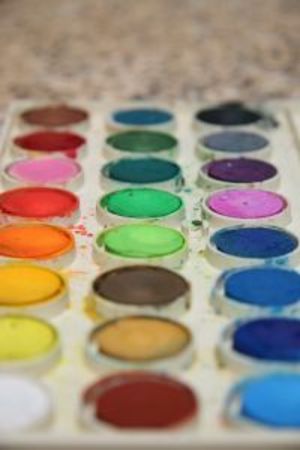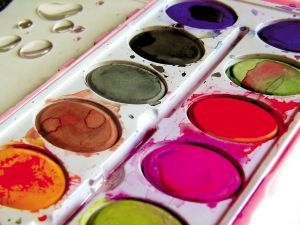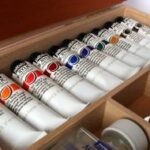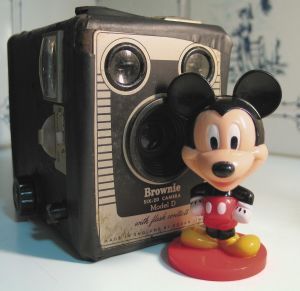Being able to see and create proper lighting and shadows is one of the most important factors in painting watercolors. You can convert an ordinary painting into a brilliant work of art by simply knowing how and where to paint shadows, as well as where to leave white paper for light.
Select Good Reference Photos
Use focused photos – Before you start to paint, make sure you have a reference photo that has distinct shadow shapes. Look for photos containing sufficient details in both sunlit and shadow areas. In other words, don’t use photos that are not focused with undefined lighting and shadows.
Avoid busy pictures – Don’t use reference photos in which objects are placed too close together where you can’t determine the shadows. In addition, when objects are positioned too close to their shapes, they can appear blurred. If you still want to use the photo, eliminate some objects, or break them apart.
Time of day – Select photos taken either in the early morning of late afternoon as these are the best times for directional lights and shadows.
Revise Your Photo
Simplify – If your photo has too many objects, eliminate the ones that don’t add to the picture. This may include a busy background, as well as too many people or items that detract from the focus point of your painting.
Reduce shadows – The combinations of lights and shadows give form to your objects. Therefore, it’s important to keep the shadows and lighting in your painting as simple as possible. If your photo has too many shadows, it can reduce the basic form. By cutting out unnecessary shadows, your painting is more focused.
Position objects – Arrange your picture so each object in it has both a shadow side, as well as a light side.
Direction of light – First, determine the direction of light in your picture. If it’s a picture of a late afternoon setting, you’ll probably see shadows on objects. On the other hand, if it’s in a noon setting, the shadows are most likely flat and lack drama. Also, look for cast shadows, which are the dark areas that are the result of light that has been captured by an object.
Painting Shadows
It’s important how you paint shadows as it can either make or destroy a watercolor.
Paint shadows early in the process– Rather than waiting until you’ve completed your painting, begin laying in your shadows while your paint is still wet. Otherwise, they’ll look more like a cartoon or child’s painting—stilted and not as natural. You can always use a paper towel to correct mistakes. Mix the paint on the canvas as little as possible. Do this by lightly touching one color on top of the other with short brush strokes. In other words, do not use long, heavy brush strokes. Regularly wipe your brush to cut avoid mixing any unwanted colors.
Avoid black – If you think about it, there isn’t much in nature that’s totally black. To paint good shadows, use a mixture of the complementary colors of your object. For example, consider the shadow of a blue object. If you just add black and blue you get an ugly metallic color. Instead, mix blue and orange (its
This will give you richer shadows that looks more alive.
Check tones – Check the values (or tones) of the colors used in your shadows. For example, be sure there isn’t any portion of a shadowed area that’s lighter than a part of a non-shadowed area.
Finally, study paintings that are good examples of lights and shadows. Take courses in watercolor painting at a local community school where you can receive one-on-one instruction. Then, don’t be afraid to venture out, experimenting on your own. If you mess up, just start over again, learning from your mistakes. The more you paint, the more proficient you’ll become in rendering your own vibrant paintings.







